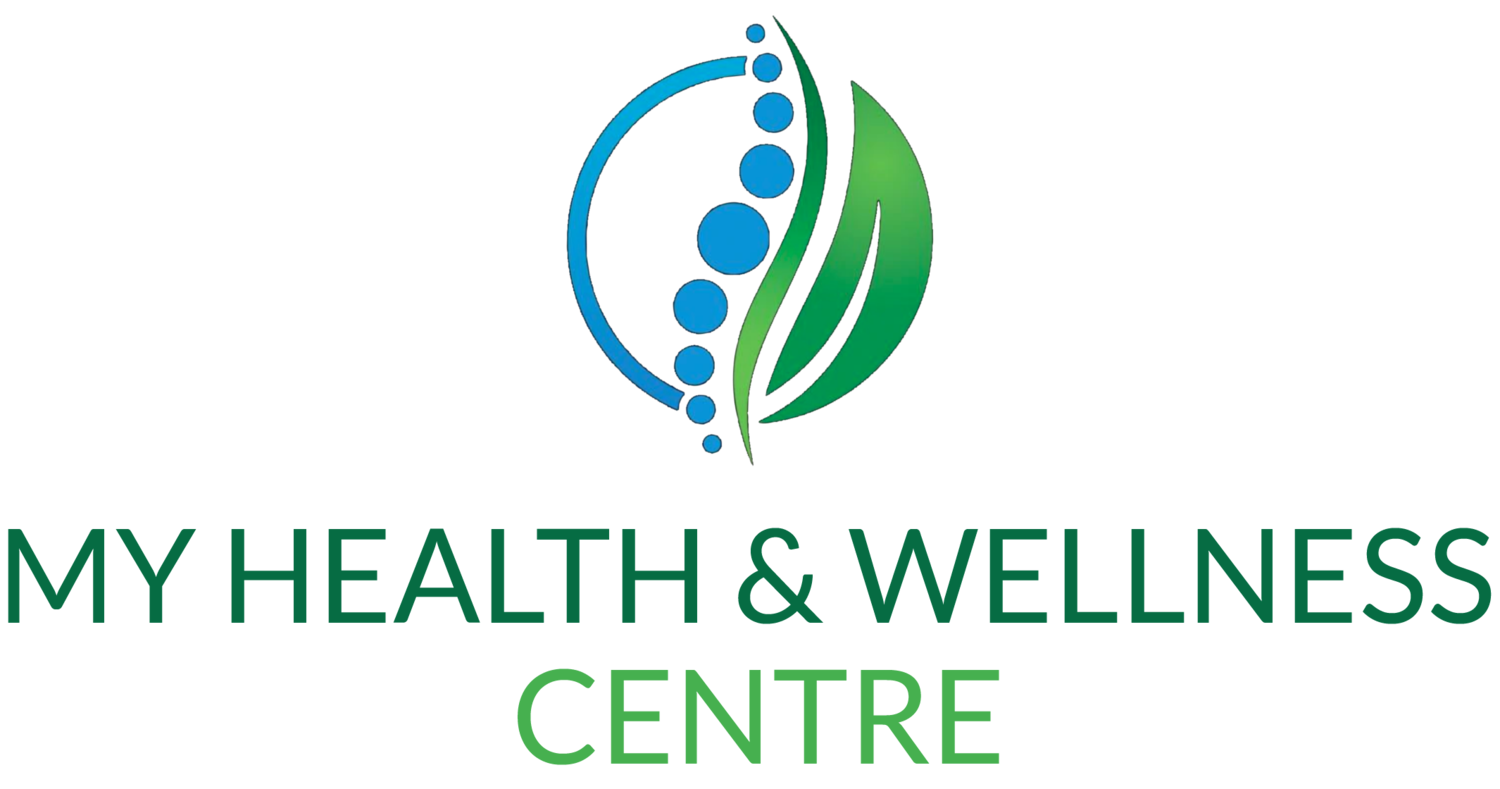Adolescent Growth Spurts
Bronwyn Claassen B. Physio. BA Dance
Physiotherapist
My Health and Wellness Centre
Adolescence presents many physical and emotional changes to a child, and quite often also to all those around them. During this period the demands of dance and sports will be increasing and expectations are high. The growth spurt sits alongside the other obvious developments of adolescence. These include developments in emotions, psychology, thinking, social relationships and sexual identity.
Some adolescents will grow at a slow steady rate over a two to three year period while others will experience spurts of rapid growth where bones can grow 2-5cm over one to two months. Girls can grow up to 8cm in a year between the ages of 11 and 14 years, and boys tend to grow up to 10cm a year between 13 and 16 years of age.
These spurts can be painful, as in 'growing pains', and also have a significant effect on co-ordination and flexibility. The long bones of the arms and legs grow before the bones of the torso. The muscles, tendons, ligaments and nerves then need to catch up with the new length of bones. It is almost inevitable that there will be a period of time when stretches that were easy will become tight. It is very important to take time to slowly and comfortably stretch during growth spurts rather than push through pain and expect the same flexibility as before.
The nerves also need time to grow and communicate what is happening around the body. It is this latency of bone to muscle to nerve growth that presents the gangly uncoordinated teenager who has difficulty even walking in a straight line without falling over! Their centre of gravity can change weekly so equilibrium is being challenged all the time. The muscles trying to lengthen and catch up with the bones means they will become a little weaker as well.
It is important to respect this growth and allow the rest of the body to catch up with the bones especially when the demands of dance, acrobatics, gymnastics and other sport increase. Over-stretching the tight muscles may actually be harmful during this stage as this will cause more pulling on the tendons inserting into the bones. It can be painful and may lead to injuries.
A common adolescent growth injury is Osgood-Schlatter disease that occurs at the tibial tuberostiy just under the front of the knee. This is point where the patella tendon attaches the quadriceps (thigh muscles) to the upper shin. In a growth spurt of the femur (thigh bone) the quadriceps become relatively tighter and pull at the tendon insertion point on the shin. The bone can become stressed and inflamed where the tendon is pulling and creates a permanent lump making the tibial tuberosity larger than usual. It can be aggravated by activities such as jumping, running and squatting and can take anything from two to eighteen months for the pain the settle. Avoiding too much heavy thigh activities, and massaging or rolling out the tight muscles, along with a lot of patience is the key to preventing injury and ongoing pain.
Awareness that growth spurts are a short-term situation is important. Encouragement to maintain a comfortable level of sport and exercises that do not hurt will help avoid major physical problems during this period. Consulting a health practitioner familiar with adolescent pains and injuries will help the adolescent safely through this period with exercise and advice.


